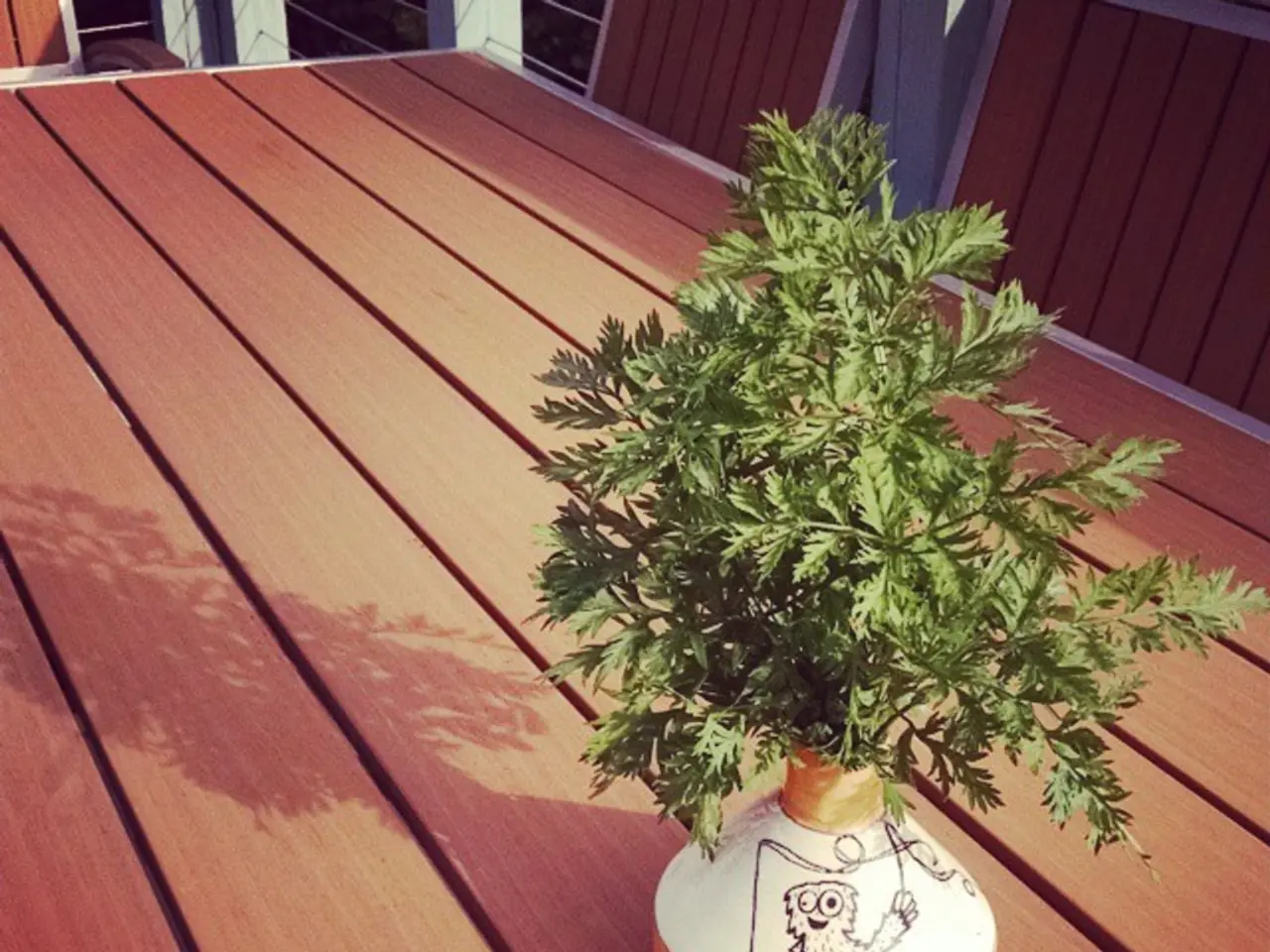Signs Indicating Your Houseplant Needs Attention (And Corresponding Actions!)
In the realm of indoor gardening, maintaining the health and vitality of houseplants can sometimes be a challenge. However, understanding the causes behind common issues and employing appropriate solutions can help revive your green companions effectively. Here's a detailed guide based on expert advice to identify and tackle problems such as yellow leaves, brown leaf edges, wilting, root rot, stunted growth, and pests.
**1. Yellow Leaves**
Caused by overwatering, nutrient deficiencies, or poor drainage, yellowing leaves are often a sign of root rot. Symptoms include yellowing leaves accompanied by soggy soil, mushy stems, or foul odors. To address this issue, check roots for black, soft, or slimy parts and prune affected areas with sterilized scissors. Allow soil to dry out before watering again and repot in well-draining soil with drainage holes if needed.
**2. Brown Leaf Edges**
Brown leaf edges can be due to underwatering, overwatering, nutrient deficiencies, or environmental stress like heat or cold. Symptoms include dry, crispy edges or brown/yellowing edges on leaves. Adjust watering (avoid too little or too much), improve soil quality with organic compost, and consider foliar feeding with balanced fertilizer. Keep plants away from drafts, heaters, or direct harsh sunlight.
**3. Wilting**
Wilting is usually caused by underwatering or overwatering; it can also be due to Verticillium wilt, a fungal disease. Symptoms include drooping stems and leaves, soil pulling away from pot edges when underwatered; yellowing leaves and branch dieback with Verticillium wilt. For underwatering, water thoroughly and occasionally mist to raise humidity. For fungal wilt, no direct cure exists—prevention via resistant varieties and proper soil health is key.
**4. Root Rot**
Root rot is caused by overwatering or plants in pots without drainage. Symptoms include smelly, soggy soil; dark, mushy roots; yellowing leaves. To solve this problem, remove the plant from the soil, wash the roots, cut away all infected parts, repot in fresh, well-draining soil, and reduce watering frequency.
**5. Stunted Growth**
Stunted growth can be caused by poor light, nutrient deficiency, root-bound plants, or pest infestation. Symptoms include small leaves, slow or no new growth, weakened stems. Ensure adequate indirect light, fertilize appropriately, repot if roots are crowded, and check for pests.
**6. Pests**
Common pests include aphids, spider mites, fungus gnats, etc. Symptoms include visible bugs, sticky residue, webbing, leaf spots or holes. To combat pests, wipe or spray leaves with a mild solution of water and dish detergent. For persistent infestations, use natural predators or appropriate organic pesticides.
**General Tips:**
- Always use clean, sterilized tools to trim damaged parts. - Maintain stable temperature and humidity conditions avoiding drafts and direct intense sunlight. - Regularly inspect plants to catch problems early.
By systematically observing symptoms and understanding their causes, you can tailor interventions to revive your houseplants effectively. This approach emphasizes balanced watering, good soil conditions, pest management, and environmental stability for healthy indoor plants.
- For a vibrant and lush home-and-garden lifestyle, nurture your houseplants by understanding the causes of yellowing leaves, such as overwatering, nutrient deficiencies, or poor drainage, and addressing the issue promptly to prevent root rot.
- Enhance your home-and-garden lifestyle by maintaining healthy houseplants with an awareness of brown leaf edges, which may be caused by underwatering, overwatering, nutrient deficiencies, or environmental stress. Remedy this by adjusting watering habits, improving soil quality, and providing an ideal growing environment to prevent such issues.




